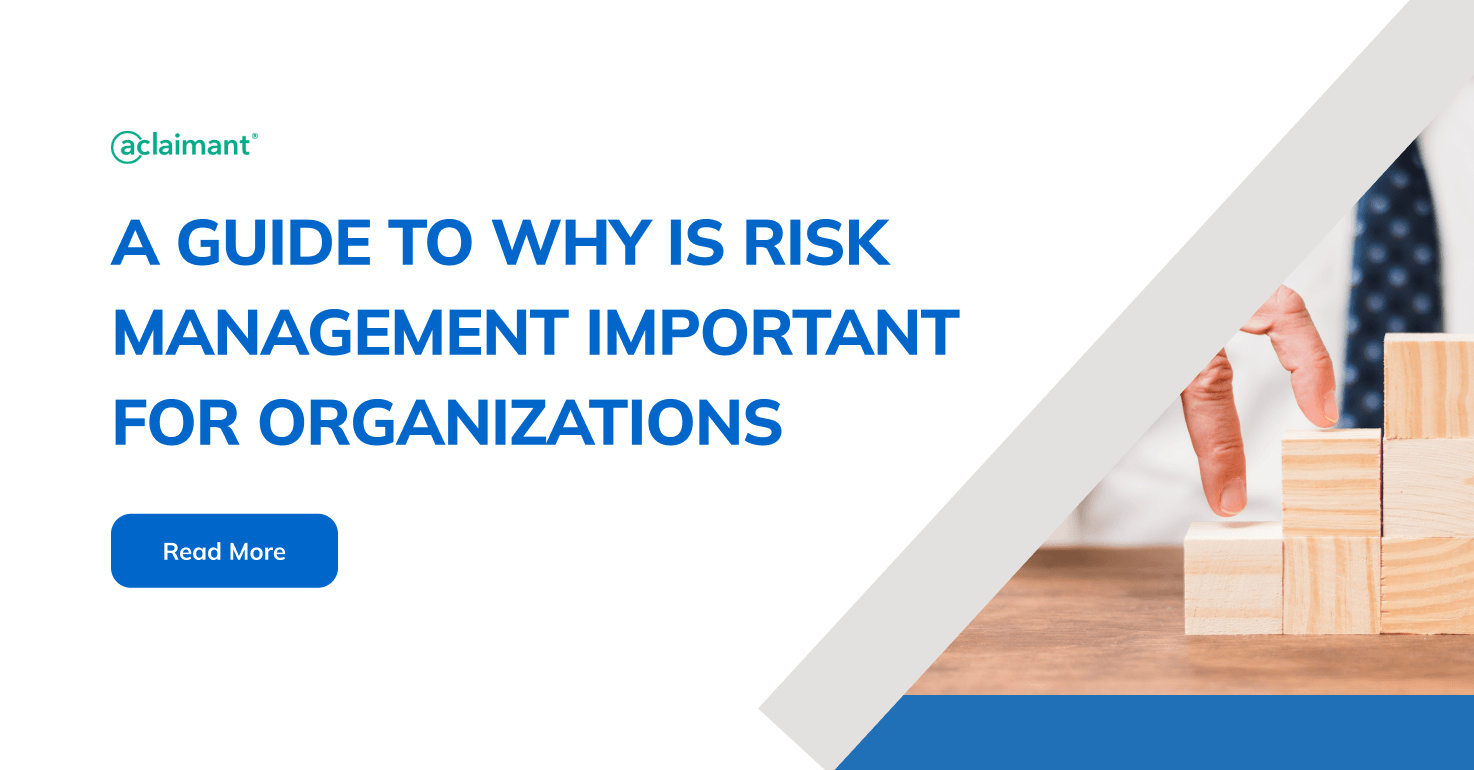The Critical Importance of Risk Management in Financial Decision Making
The Critical Importance of Risk Management in Financial Decision Making
Blog Article
The Value of Comprehending the Relevance of Risk Management in Numerous Industries

The Core Idea of Risk Management and Its Objective
Risk Management, the keystone of numerous markets, hinges on the recognition, assessment, and mitigation of unpredictabilities in a company setting. By correctly recognizing possible risks, organizations can establish techniques to either prevent these threats from taking place or reduce their impact. When risks have been recognized and assessed, the mitigation process includes creating methods to minimize their possible impact.
Advantages of Implementing Risk Management in Company Operations

Revealing the Duty of Risk Management in Different Industries
While every market faces its unique collection of threats, the application of Risk Management strategies stays a common measure in their pursuit of sustainability and growth. In the healthcare industry, Risk Management requires making certain individual safety and data protection, while in money, it entails mitigating investment threats and making sure regulative conformity (importance of risk management). Building companies concentrate on employee security, job delays, and budget plan overruns. In the innovation sector, firms reduce cybersecurity dangers and technology obsolescence. Ultimately, the duty of Risk Management throughout industries is to determine, evaluate, and minimize dangers. It is a crucial part of tactical planning, enabling organizations to safeguard their properties, make best use of chances, and accomplish their goals.
Real-life Study Demonstrating Successful Risk Management
To recognize the relevance of Risk Management in these numerous industries, one can seek to a number of real-life circumstances that highlight the successful application of these procedures. For example, in the energy industry, British Petroleum established Risk mitigation intends post the 2010 Gulf of Mexico oil spill. They implemented much better security procedures and stricter guidelines which considerably reduced additional accidents. In financing, Goldman Sachs efficiently browsed the 2008 monetary crisis by determining potential mortgage-backed protections risks early. Toyota, upload the 2011 earthquake in Japan, modified its supply chain Management to lessen disruption risks. These instances show just how markets, gaining from dilemmas, efficiently used Risk Management strategies to lower future threats.
Future Trends and Growths in Risk Management Methods
As the world remains to develop, so as well do the trends and growths in Risk Management techniques. he said Quick advancements in modern technology and data analytics are reshaping the Risk landscape. Large data and AI are now critical in anticipating and reducing risks. Organizations are leveraging these tools to build anticipating models and make data-driven choices. Cybersecurity, once an outer problem, has catapulted to the center of Risk Management, with these details techniques concentrating on detection, reaction, and prevention. The integration of ESG (Environmental, Social, Governance) variables into Risk Management is another growing pattern, mirroring the increasing acknowledgment of the function that environmental and social risks play in business sustainability. Thus, the future of Risk Management lies in the fusion of innovative innovation, innovative techniques, and an all natural method.
Conclusion
In verdict, recognizing the significance of Risk Management throughout a range of sectors is essential for their long life and success. Inevitably, successful Risk Management contributes to more resilient and lasting organizations, highlighting the value of this method in today's vibrant and extremely affordable organization setting.
While every sector confronts its distinct collection of risks, the implementation of Risk Management strategies continues to be a common denominator in their quest of sustainability and development. In the medical care market, Risk Management involves making certain patient safety and information protection, while in money, it involves mitigating investment risks and guaranteeing regulatory compliance. Eventually, the role of Risk Management throughout his comment is here industries is to determine, analyze, and minimize risks. These cases demonstrate just how markets, finding out from crises, properly applied Risk Management methods to reduce future threats.

Report this page